101 Basic Italian Phrases for Travel in Italy
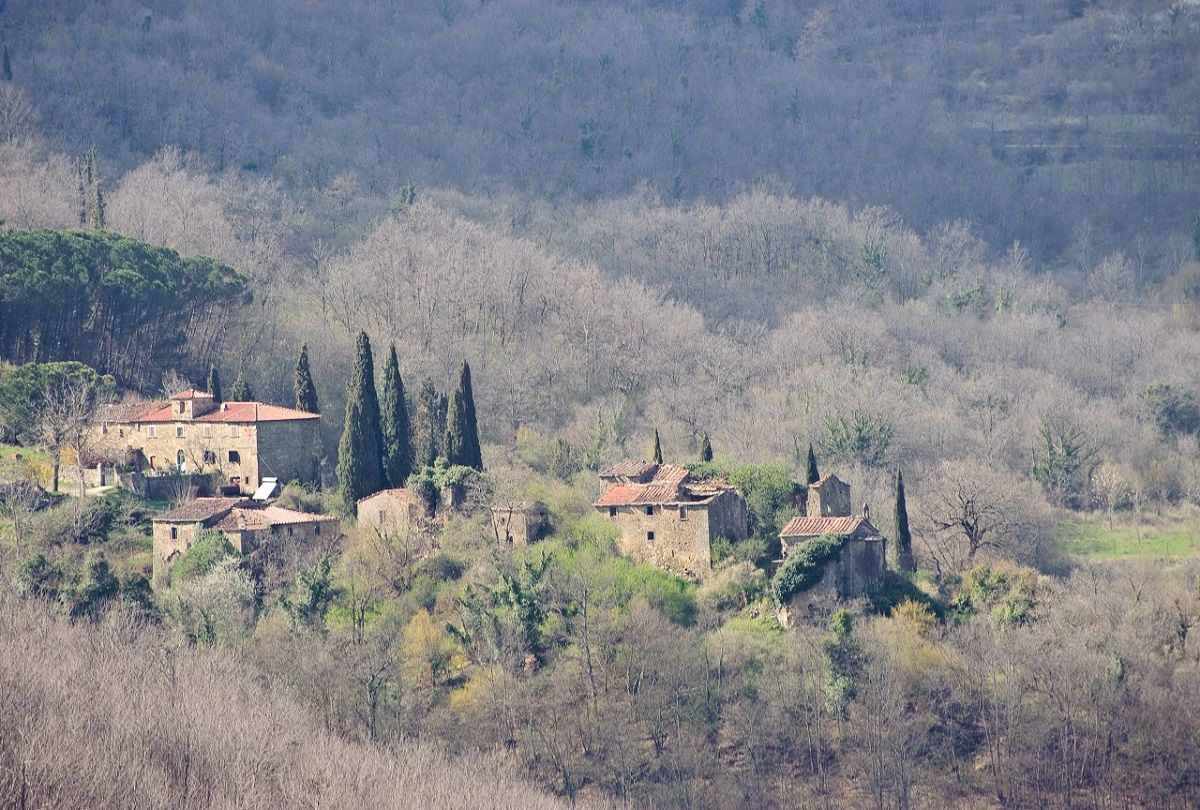
We often assume that everyone in Europe can (or wants to) speak English. This is not true, even in the popular tourist destination of Italy, so it is useful to learn some basic phrases and words to help you communicate with Italians. As a recent traveller in Italy, I have tried to keep this list practical, for the words and phrases that you will actually use in Italy, as well as a few tips for travel in Italy.
Before learning any Italian phrases, you will need to know the Italian articles “the” and “a”. “The” is il in the masculine (i.e. with words ending in -o, e.g. biglietto) and la in the feminine (i.e. with words ending in -a, e.g. pasta). Words beginning with a vowel use l’ regardless of whether they are masculine or feminine. The plurals of “the” are i (masculine) and le (feminine). “A” is un (masculine) and una (feminine).
Some Italian adjectives also have different endings according to whether the subject is man or a woman. -o is the ending for a male subject and -a for a female subject. (There is no gender-neutral option). I will mark the words where this occurs (e.g. americano/a).
You will also need to remember that in Italian, “c” is pronounced “ch” before an “e” or “i” (e.g. cinque=CHIN-QUE), but when there is actually “ch” before an “e” or “i” it is pronounced like a “k” (e.g. bicchiere=BIK-KI-E-RE).
Speechling has several tools and a guide to help you with your Italian pronunciation. The following is a collection of Italian travel words and phrases that I used when I went on vacation in Italy.
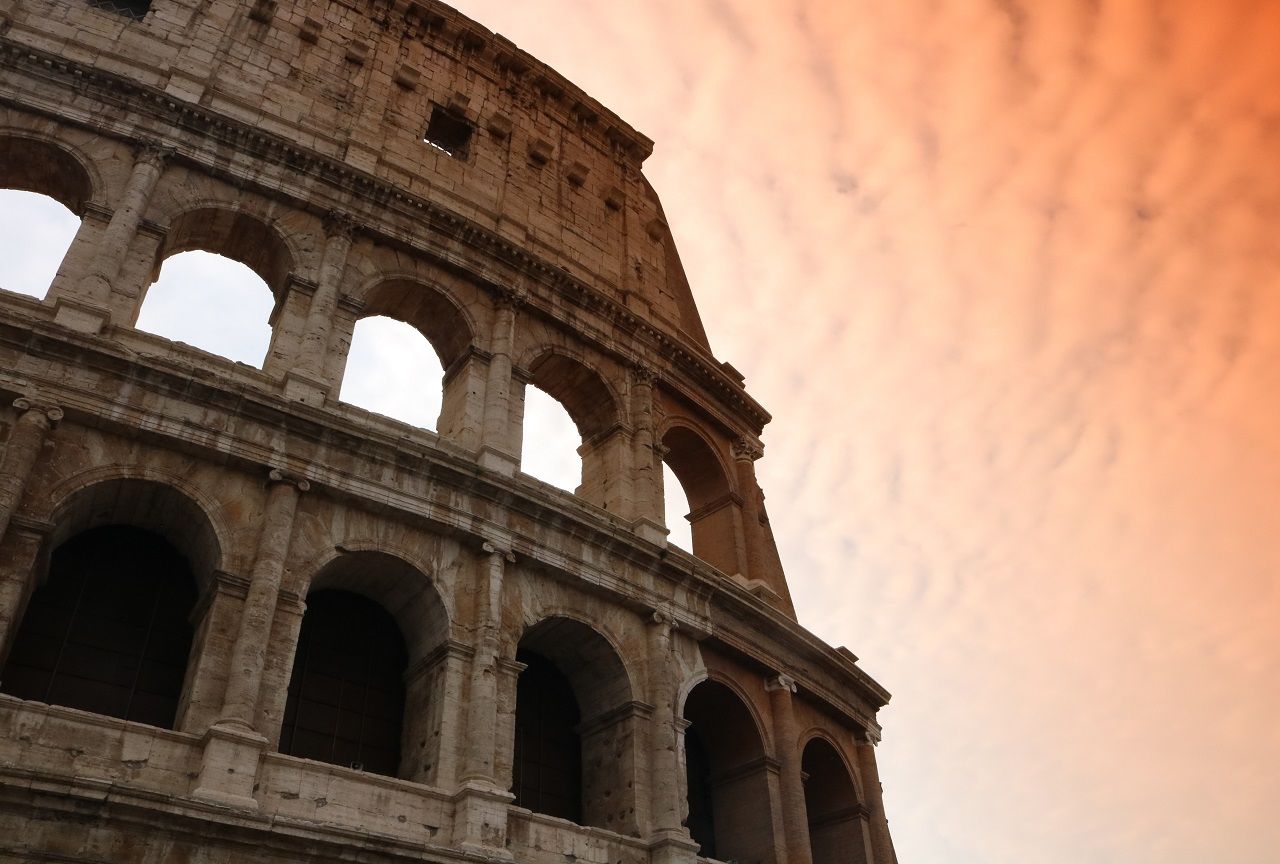
The Basics (Le basi)
In Italian, there are several ways to say “good day”, according to the time of the day:
- Buongiorno-“Good Day/Morning”
- Buona sera-“Good Evening”
- Buon pomeriggio-“Good Afternoon”
- Buona notte-“Goodnight”
However, if you forget any of the Italian greetings, just remember buongiorno as this can be used at any time of the day. - Arrividerci-“Goodbye”
- Ciao-“Hello/bye”
Ciao is a rather informal way of saying "hello" and "goodbye" but useful to know, especially if you forget the alternatives. - Mi scusi/scusa–“Excuse me”
Mi scusi is the formal form and scusa the informal. However, it is fine to use the informal form as a foreigner if you do not know what the formal is. - Mi dispiace- “I’m sorry”
- Per favore-“Please”
- Grazie-“Thank you”
If you want to express more gratitude, you can say grazie mille or grazie tante, “thank you very much”. - Prego-“You’re welcome”
Prego is a versatile word that is used as a reply to grazie, meaning “you’re welcome”. It can also mean “after you” or, in a shop, “What can I get you?”. - Sì-“Yes”
- No-“No”
- Compro questo-“I will buy this”
Questo, “this”, is a useful word to use for pointing at things you don’t know the Italian for. - Signore/Signora-“Mr”/”Mrs”
- Domani-“Tomorrow”
Making yourself understood (Farsi comprendere):
- Non parlo italiano-“I don’t speak Italian”
- Parla inglese?-“Do you speak English?”
Some Italians may also know spagnolo, “Spanish”, francese, “French”, or tedesco, “German”. - Non capisco-“I don’t understand”
- Non lo so-“I don’t know”
- Ripeta, per favore-“Can you repeat that, please?”
- Lentamente, per favore-“Slower, please”
Introducing yourself (presentarsi):
- Come ti chiami?-“What’s your name?”
- Mi chiamo...-“My name is...”
- Lei di dov’è? /Dov’è abiti?-“Where are you from?”
- Sono...- “I am...”
a) americano/a-“American”
b) inglese-“English”
c) canadiano/a-“Canadian”
d) neo-zealandese-“a New Zealander”
e) australiano/a-“Australian” - Come va?/Come sta?-“How are you?”
a) (va) bene-“Good/well”
b) molto bene-“Very good”
c) male-“Bad/sick”
Numbers (Numeri):
You don’t need to know all your Italian numbers, but numbers one to ten are useful for shopping and telling the time.
28. uno-“one”
29. duo-“two”
30. tre-“three”
31. quattro-“four”
32. cinque-“five”
33. sei-“six”
34. sette-“seven”
35. otto-“eight”
36. nove-“nine”
37. dieci-“ten”
Questions (Domande):
- Quanto costa?-“How much does it cost?”
- Dov’è (il bagno)?-“Where is (the bathroom)?”
- Quando?-“When?”
- Che ora è?-What is the time?
The time in Italian is expressed with le and the number, e.g. le duo (ore), “two ‘O clock”. Minute is minuto, which is used in the phrase Un minuto!,“wait a sec”.
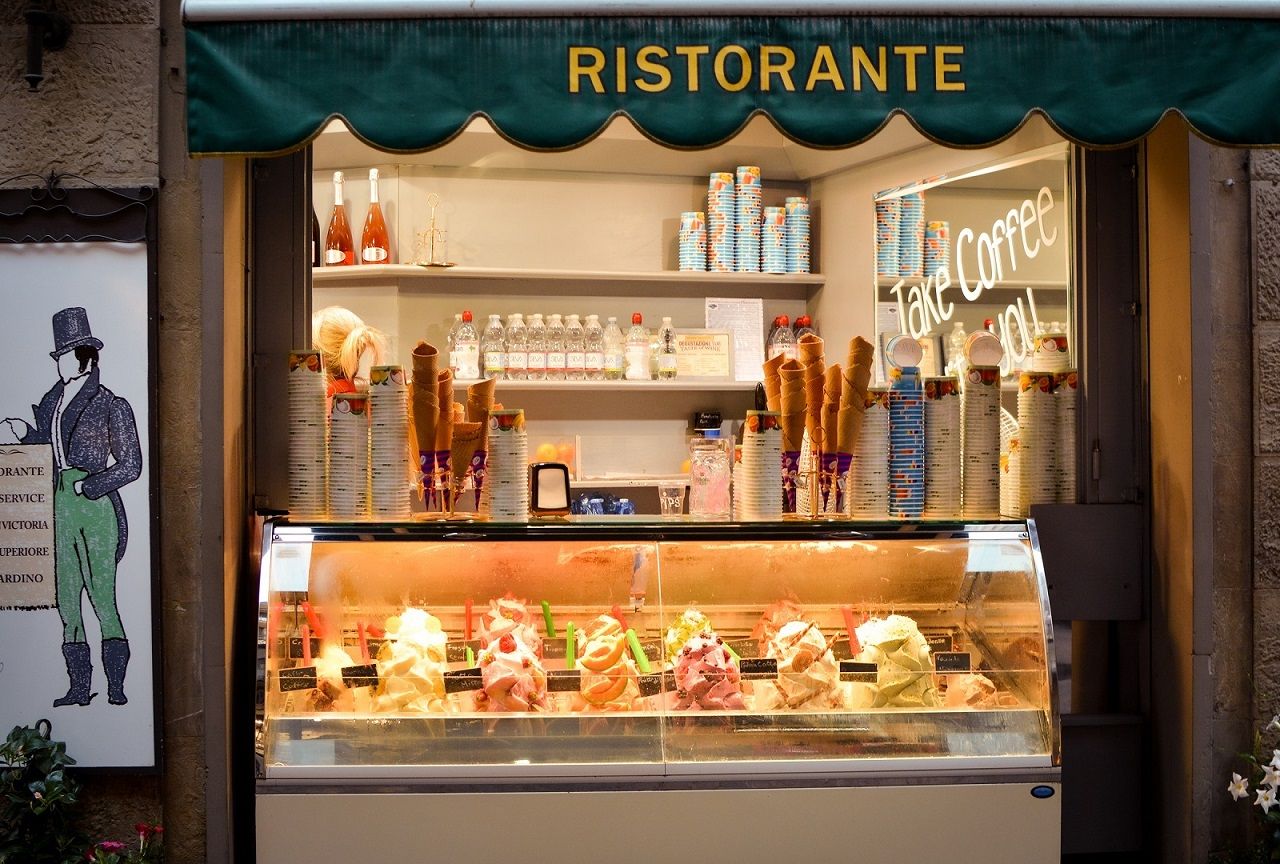
Food (Cibo)
There are different types of restaurants and cafés in Italy. Remember though that the closer you are to a tourist attraction, the more expensive and tourist-orientated Italian food will be. You probably won’t find a tavola calda next to the Colosseum.
42. Ristorante-“(Expensive) restaurant”
43. Trattoria-“(Cheap) restaurant”
44. Tavola calda-“Diner”
45. Bar-“Café”
Ordering (Ordinare):
There are various ways to order food and drink. Restaurants near tourist attractions usually have an English or tourist menu (menu turistico).
46. Vorrei prendo/posso avere... “I would like/can I have...”
a) un caffè-“a (cup of) coffee”
b) un taglio di pizza-“a piece of pizza”
c) un gelato-“a gelato”
d) un dolce-“a cake/pastry”
e) il menu in inglese/turistico-“the menu in English”/“tourist menu”
f) il conto-“the check”
You can also use vorrei and posso avere for buying tickets (biglietti).
At the Restaurant (Al ristorante):
- È bellissimo!-“It’s really good!”
- coperto/servizio-“cover/service charge”
In an Italian café or restaurant, if you sit down at a table (tavolo), as opposed to standing at the bar (banco), you will be charged a cover charge of one to three euros. - Sono allergico/a...-“I am allergic to...”
a) noci-“nuts”
b) latticini-“dairy”
c) glutine-“gluten”
d) uovi-“eggs” - Sono vegetariano/a–“I am vegetarian”
Restaurants will usually have a pasta dish or two that’s vegetarian, often with lentils (lenticchia) or beans (fagioli). Vegan is vegano/a. - Antipasto-primo-secondo-contorno-dolce-“Starter”-“first course”-“second course”-“side”-“dessert”
The Italian meal begins with an antipasto, “starter”, then there is il primo, “the first course”, which is usually pasta. This is followed by il secondo, “the second course”, usually meat. You can also order a side, contorno, which could be a salad (una salata) or chips (patate fritte). Desert is il dolce.
Here are some menu items you are likely to see: - Pesce-“Fish”
- Carne-“Meat”
- Pane-“Bread”
- Formaggio-“Cheese”
- Salata-“Salad”
Drinks (Bevande):
Water (acqua) is not free in Italian restaurants and costs one or two euros. Alcoholic beverages (alcolici), however, are cheaper than in the US or the UK.
57. Qualcosa da bere?-“(Do you want) something to drink?”
58. un’ acqua-“a (bottle of) water”. Sparkling water is aqua frizzante.
a) un bicchiere di vino-“a glass of wine”
b) una birra-“beer”
c) un succo di frutta-“fruit juice”
d) una limonata-“a lemonade”
e) un’ aranciata-“orange fizzy”
f) una Coca-Cola-“a Coca-Cola”
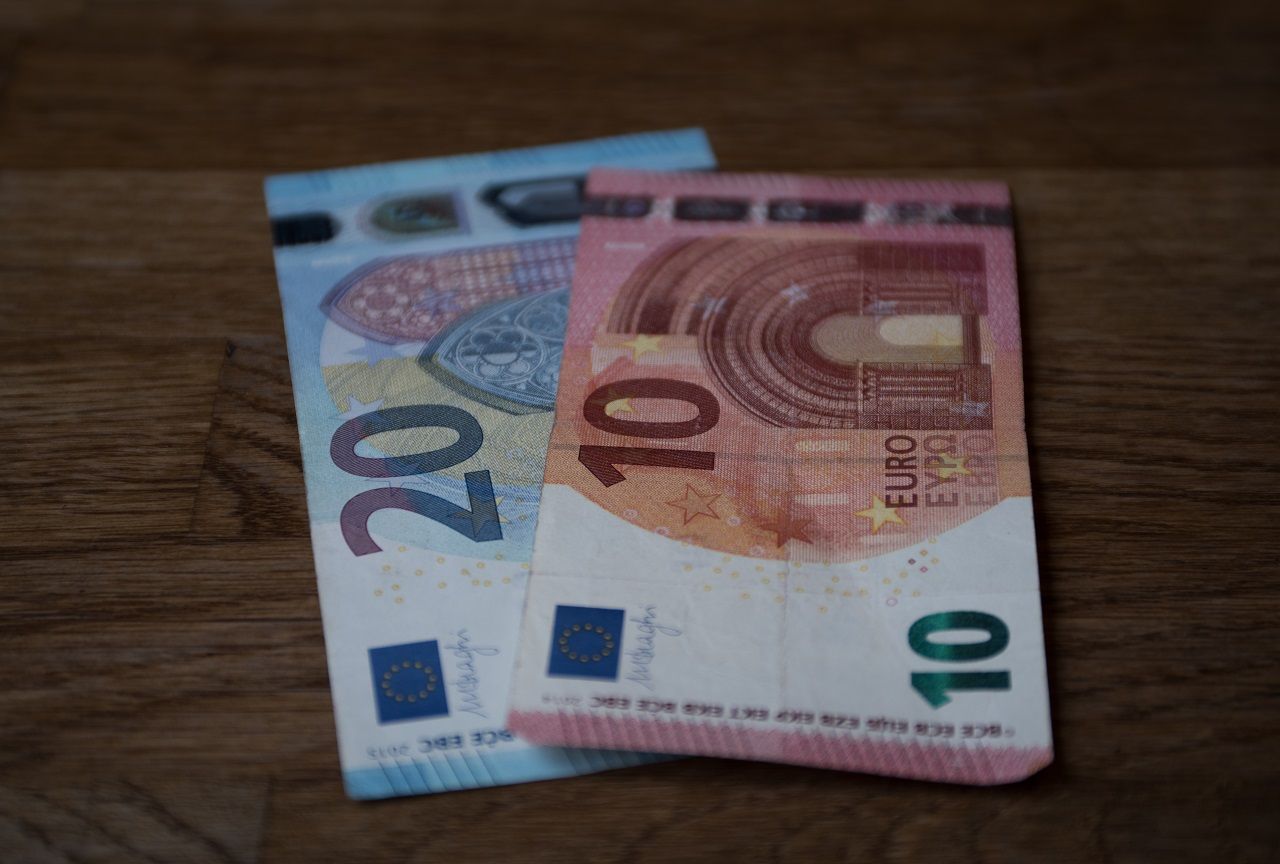
Money (Soldi)
Not everywhere in Italy accepts EFTPOS or credit cards so it is a good idea to carry cash. There is a useful page on money in Lonely Planet Italy.
59. Posso pagare con carta?-“Can I pay with card?”
60. (solo) contanti-“cash (only)”
61. moneta-“coin”, “currency”
62. banca-“bank”
63. bancomart-“ATM”, “EFTPOS”
64. È troppo costoso/caro-“It’s too expensive”
Economico is “cheap”. Troppo (“too”) is a very useful word to know in general.
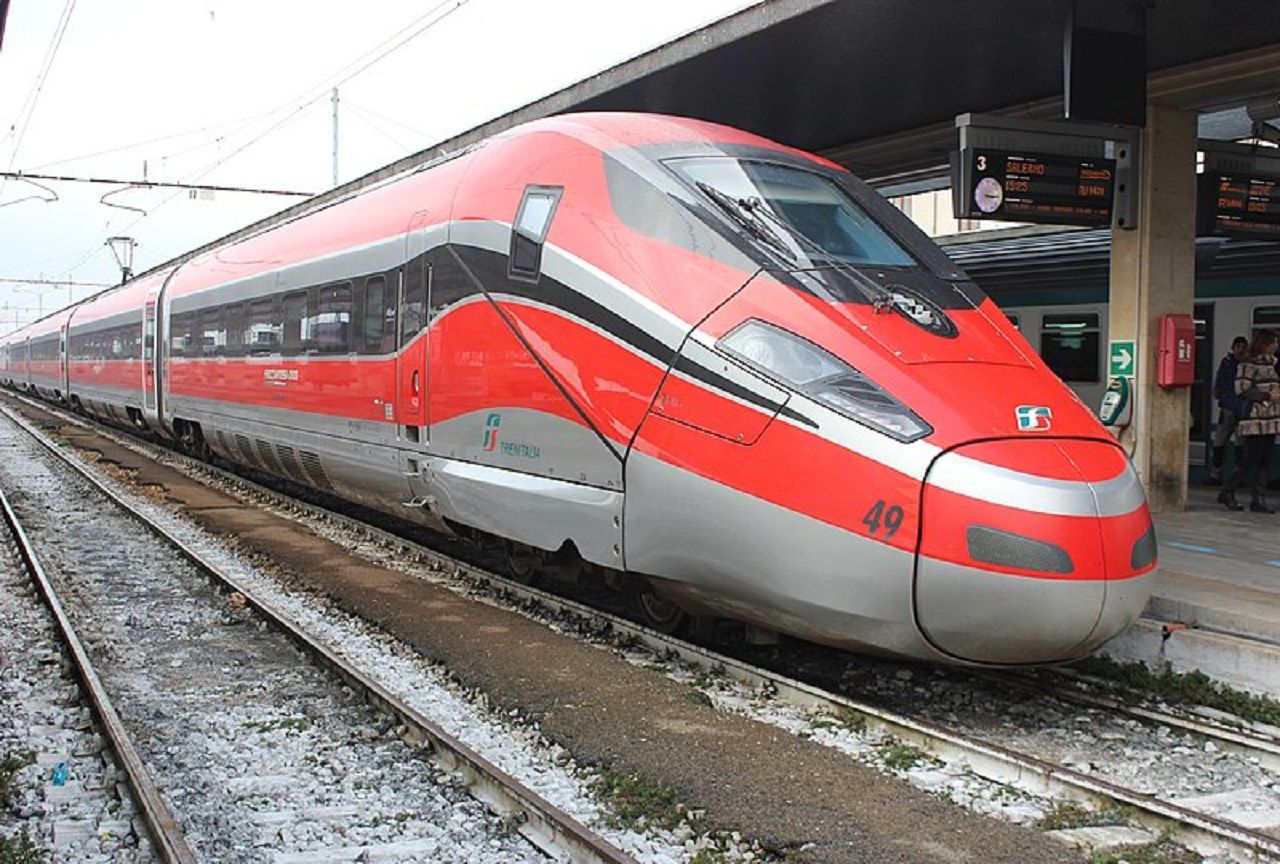
Travel (Viaggio)
Italy has an excellent public transport system. Rome, Milan, Naples, Catania, Genoa and Turin have subway systems and smaller cities like Pisa are well connected by bus. Trains in Italy are reasonably priced and come in two main types, slow regionale trains, and the Frecce, high speed trains. I found the Moovit app very helpful for getting around Italy.
65. biglietto-“ticket”
This can be any type of ticket (i.e. for trains or museums). For museums, they come in intero “full/adult” and ridotto “student/child”.
66. L’autobus-“Bus”
67. Il treno-“Train”
68. Il volo-“Flight”
69. Il metro-“Subway”/“metro”
70. Il traghetto-“Ferry”
71. Quando parte/arriva il treno?-“When does the train leave/arrive?”
72. Quando è il prossimo treno a..?-“When is the next train to…?”
a) Roma-“Rome”
b) Firenze-“Florence”
c) Napoli-“Naples”
d) Venezia-“Venice”
73. Il treno è in ritardo/in orario-“The train is late/on time”
Regional trains in Italy are often late, so you might hear, Il treno è dieci minuti in ritardo, “The train is ten minutes late”.
74. Verifica/convalida il tuo biglietto-“Validate your ticket”
On regional trains, you have to stamp your ticket at a machine before boarding the train, unless you want a multa, “fine”.
75. L'orario-“Timetable”, “opening hours (of a museum or shop)”
76. Fermata-“Bus stop”
77. L’aeroporto-“Aeroport”. L’aereo is “aeroplane”.
78. Baglagli-“Baggage”
Directions (Indicazioni):
- Dov’è il più vicino...?-“Where is the nearest...?”
- Ostello-“Hostel”
- Albergo-“Hotel”
- Strada/viale-“Street”
- Alla destra-“To the right”
- Alla sinistra-“To the left”
- Diritto-“Straight ahead”
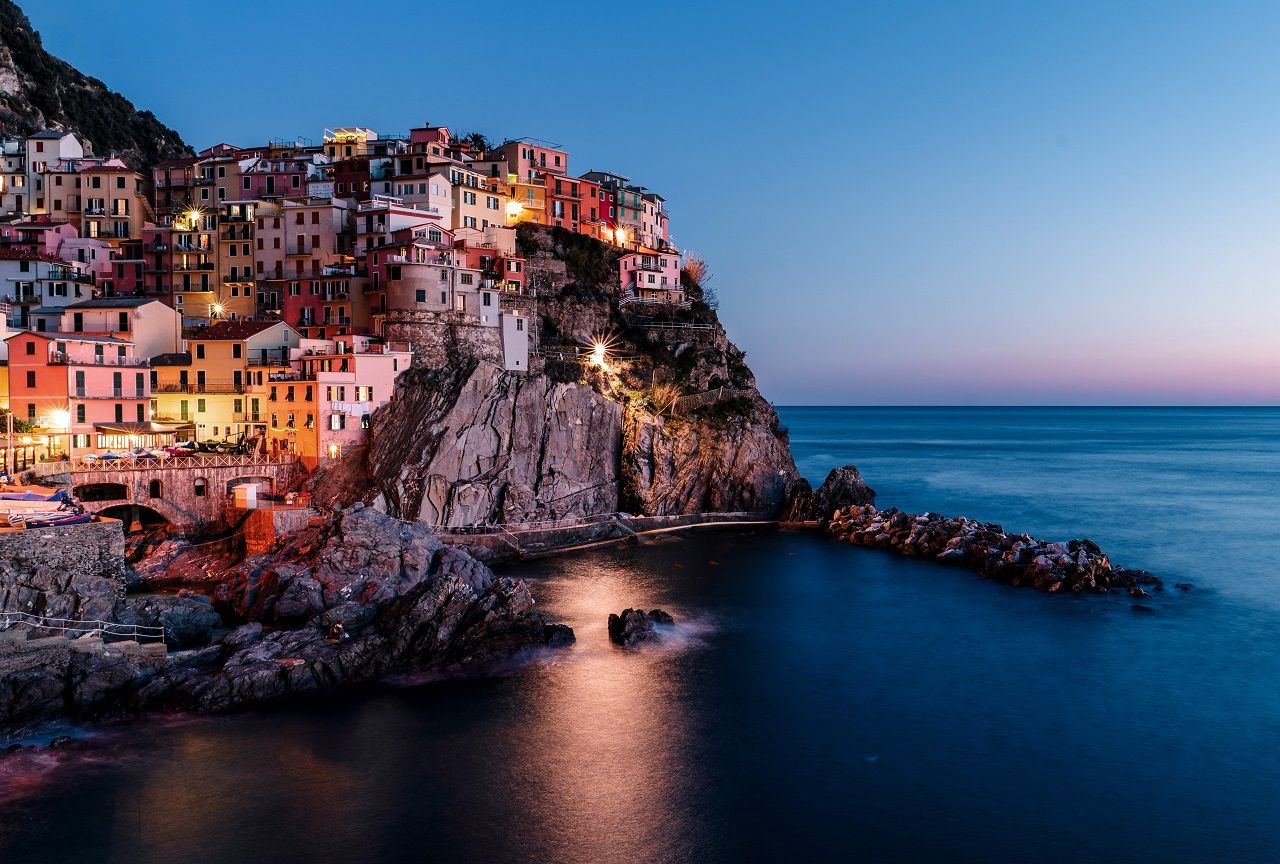
Sightseeing (Gite turistiche)
There are a great many things to do in Italy—taking in day trips from Rome to Etruscan necropoli to art museums in Florence. For more on places to see in Italy, check out Rick Steve’s Italy or Lonely Planet Italy.
86. Il museo è chiuso-“The museum is closed”
Italian museums close between 5pm and 7:30pm and are often closed on Lunedì, “Monday”.
87. Rinasciamento-“Renaissance”
88. Parco arceologico/scavi-“Archeological park”, “excavations”
89. La spiaggia-“Beach”
90. Il centro-“The centre city”
Centro is the modern city centre, centro storico is the part of the city with historical sites and museums.
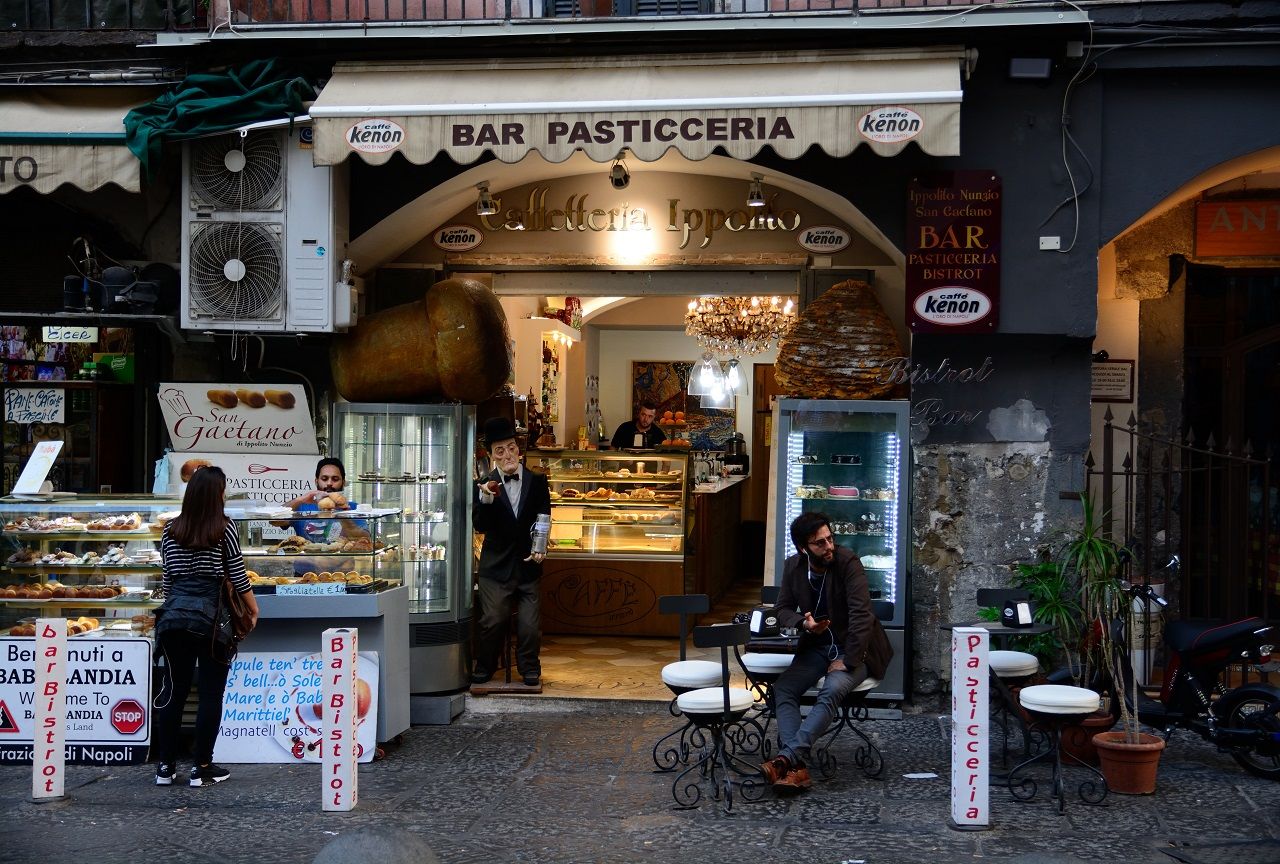
Shops (Negozi)
When you are outside of the main tourist areas of Italy, beware of the riposo, or extended Italian lunch break. To be on the safe side, don’t expect to get everything done between 12:30pm and 4:30pm.
91. Un supermercato-“Supermarket”
Un mercato is a proper market. Often convenience stores call themselves supermarket.
92. Farmacia-“Pharmacy”
93. Pasticceria-“Pastry/cake shop”
94. Tabacchi-“Tobacconist”, dairy that sells cigarettes.
95. L’ufficio postale-“Post office”
Italian post offices are also used for banking and paying bills so can be very busy. However, they may be the only place you can get francobolli internationali, “international stamps”.
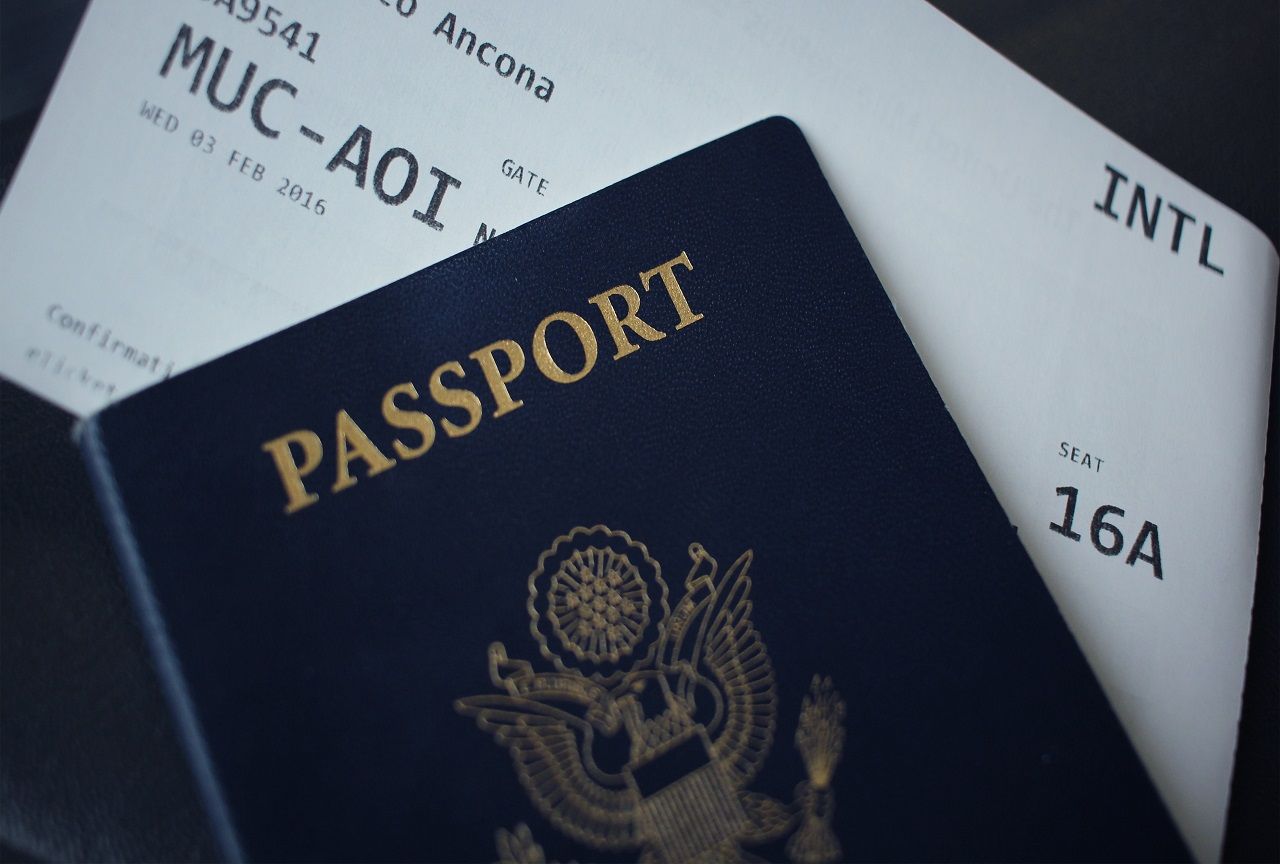
Emergencies (Emergenze)
In the unlikely event of an emergency, remember that most Italians know a bit of English, especially those in official jobs, such as police and train conductors.
96. Mi sono perso/a-“I am lost”
97. Sono un(a) turista-“I am a tourist”
98. Ho perso... –“I’ve lost...”
a) il mio passaporto-“my passport”
b) il mio telefonino-“my phone”
c) il mio portafoglio-“my wallet”
99. Aiuto!-“Help!”
100. Attenzione, pericolo di morte!-“Warning, danger of death!”
101. Mi serve...-“I need...”
a) un taxi-“a taxi”
b) un’ ambulanza-“an ambulance”
c) un medico-“a doctor”
d) l’ambiasciata americana-“the American Embassy”
e) la polizia-“the police”
In Conclusion (In conclusione)
While you may be able to pick these words up quickly on paper, remember that you’ll have to speak them and recognise them when spoken. Therefore, Speechling has several resources that you might want to try out before your Italy vacation:
- Our Free Italian Listening Comprehension will help you learn what Italian sounds like.
- Our Free Italian Audio Dictionary will teach you how to pronounce the key words and phrases discussed in this article.
- Our Free Dictation Practice will soon have you saying Italian phrases how they’re meant to be said.
- Our article Italian Pronunciation Guide for Language Learners gives useful tips on how to speak Italian well.
- In addition, you can use Speechling Freestyle Mode to practice any words and or phrases that you learnt in this article.
